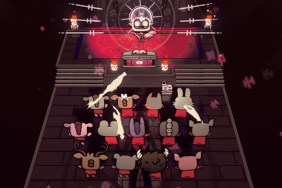Life and death decisions, ethical conundrums, and dungeon-crawling.
In The Awakened Fate Ultimatum, players take control of young Shin Kamikaze, who’s been stabbed through the chest and brought back using a crystal that makes him a god; hence, the “kami” in his name, which is the Japanese word for “god." And as a god, he can command an immense amount of both angelic and demonic power in the same way Ikaruga took advantage of the light and the dark: use one to better defeat the other. He’s been brought back by the Angels who are on the brink of annihilation by the Devils in the war of good versus evil… which, in its very nature, blurs the line of what “good” and “evil” are. And that’s where things get interesting.
The game, in practice, is split into two parts: dungeon-crawling and decision-based storytelling. Story-wise, the difficulty is making tough choices for the young deity. He isn’t almighty, but he’s got a lot of power and sway over the action, which leads to a lot of ethical and moral quandaries. Within an hour of play, and without giving too much story info away, I was forced into the ethics of freeing a prisoner of war who could then, presumably, get back to his Devil brethren and back into the fighting of the war. Of course, I could also kill him on the spot so he would no longer be any kind of a threat. Do I show mercy? Might that sway his heart? Or do I end things right there and live with the death of the helpless?
Throughout the story are difficult questions that don’t have any solid right or wrong answer. A few will end the game immediately, just like a good “choose your own adventure” novel does, and with some (implied) graphic results. More than once I thought I was making a hard decision, when really I was spiraling the story out of control. Unlike most NISA titles TAFU takes a somber, serious tone between lighthearted moments and really left me wondering if I made the “right” decision. From the very start the experience is bent, heavy-handedly, on pointing out the shades of gray of difficult decisions, many of them built into the idea of being "a higher being" in concept.
For as much time as the story takes, there’s a major lack of visual animation and emotion displayed onscreen. Everything is well voice-acted which is pleasant, but every character is a stationary cell with only a few changes to their demeanor. This isn’t a problem in the majority of NIS games since storytelling is outweighed by action, but this appears less a game than a visual novel, which is sad since the dungeons are where the fun is. But dungeons are simply a catalyst to connect story points, in what amounts to be an average roguelike experience.
Characters in dungeons look like the welcome NISA fare of expressive and colorful character designs in chibi form, big heads on the people and cutesy angel/demon monsters to attack and defend against. Even serious, massive opponents aren’t too visually intimidating as to break the appeal of purging a dungeon of its aggressive (and adorable) inhabitants. Like many of these games, roaming the dungeons allows for gradual healing of both health and spell points, while grinding down an exhaustion meter. The exhaustion meter is gradual and allows for plenty of time, and the other two fill relatively quickly.
The main crux of battle is in switching between angel and devil in felling opponents. Angels take more damage from devils and vice-versa, and the two modes can be switched on the fly without taking a turn. But they’re far from equal. Every time your character makes a decision or levels up, they can improve their abilities through a spiraling, winged path of upgrade points. Selecting between angel and devil decisions in the main story will earn points unique to that branch of upgrades, while leveling up will allow points to be spent on either side. And it’s necessary to build up both since a 2% upgrade to HP is only unique to that side. Focusing too far on one and not the other can severely handicap a player on a given dungeon, should they prepare for that particular side of the fight.
I love the serious tone the game takes, especially for its methods for cutting some of that tension—one soldier’s bright-pink, stuffed-animal-filled bedroom, the huggable dungeon-crawling baddies. But when it can take as long to navigate through the story as it does to play through a dungeon, that’s simply too much. If the game is meant for dungeon-crawling, there should be more of it and more often. If it’s a visual novel, that’s fine, but there should be more choice within the story and less action-based gameplay. What’s most disappointing is that the middle ground simply isn’t here—there is no “just right” feeling to either slogging through dungeons or building up the story tension, so the whole package feels lopsided and dragged.
It’s a shame, since this is the sort of experience I want to experience more of: philosophical questions woven into an interactive gaming experience that actually weighs on me. In the way a good book can (“choose-your-own-adventure” or not), this has the capability of making players examine their own moral and ethical quandaries, but sadly the experience is heavy-handed and drags on. It’s a good step in the right direction, and with some tweaking the balance may yet come. Until then, this misses the bull's-eye, but at least it hits the target.
-
Real, difficult ethical questions
-
Dungeons are fun to work through
-
Bad guys are super-cute
-
Upgrade trees across angels and devils are deep
-
Major story/game imbalance
-
That much storytelling with that little animation?
-
SUPER heavy-handed religious implications
The Awakened Fate Ultimatum screens
-
The Awakened Fate Ultimatum screens #1
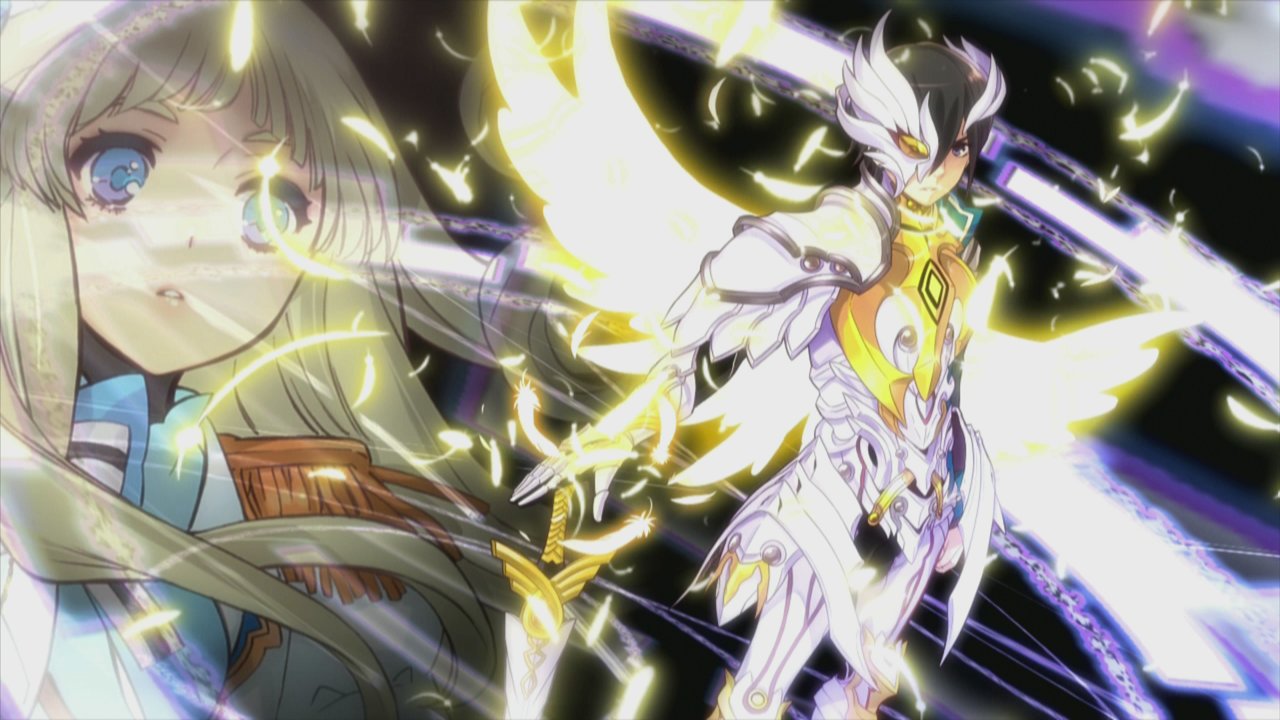 (Click to enlarge)rn
(Click to enlarge)rn -
The Awakened Fate Ultimatum screens #2
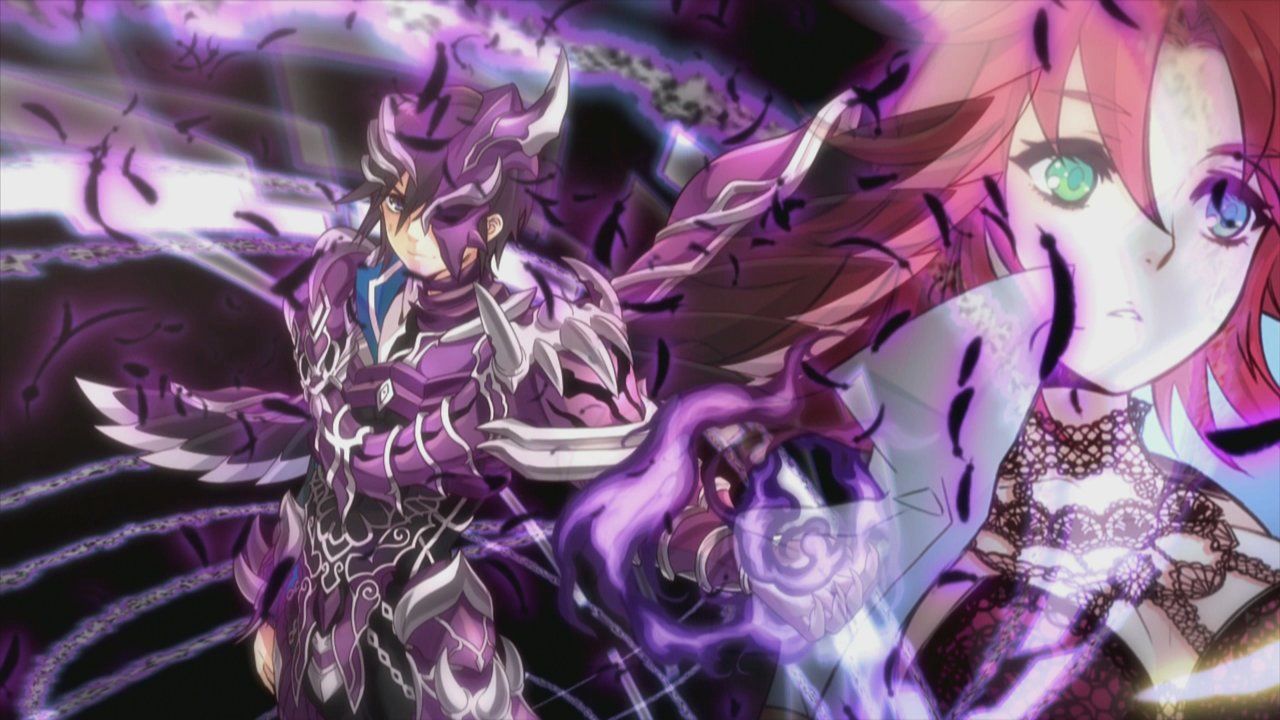 (Click to enlarge)rn
(Click to enlarge)rn -
The Awakened Fate Ultimatum screens #3
 (Click to enlarge)rn
(Click to enlarge)rn -
The Awakened Fate Ultimatum screens #4
 (Click to enlarge)rn
(Click to enlarge)rn -
The Awakened Fate Ultimatum screens #5
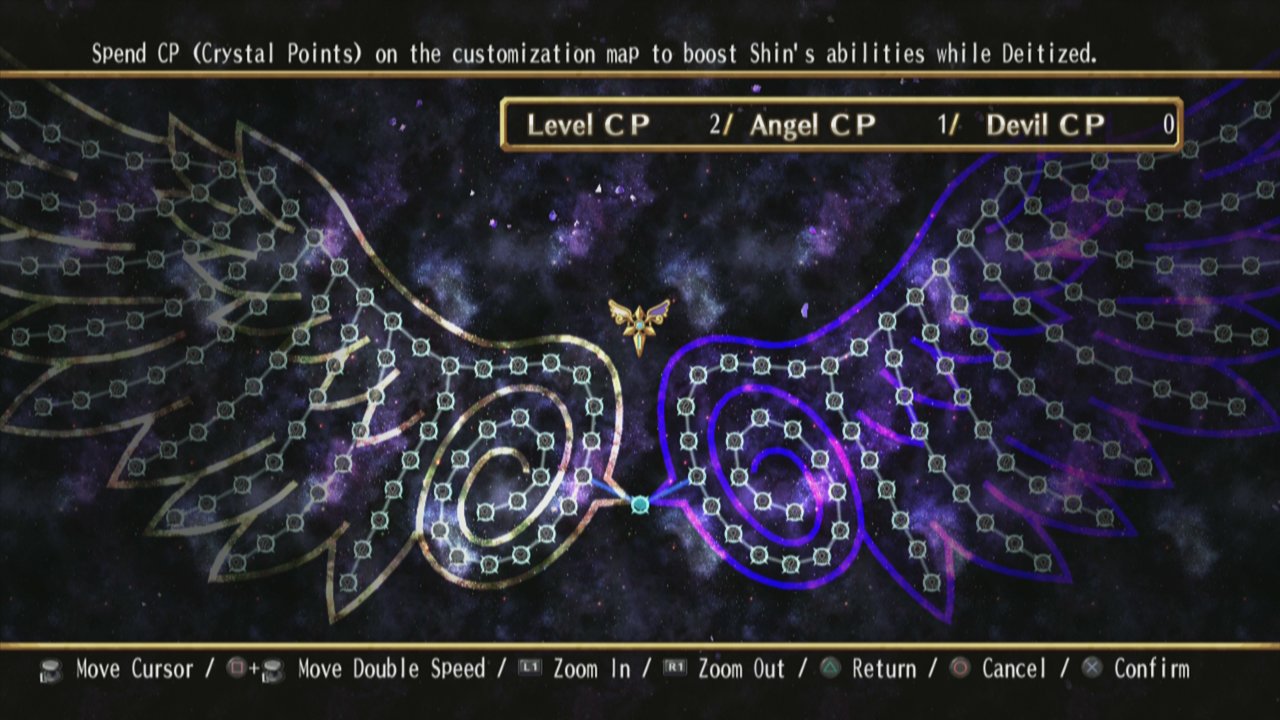 (Click to enlarge)rn
(Click to enlarge)rn -
The Awakened Fate Ultimatum screens #6
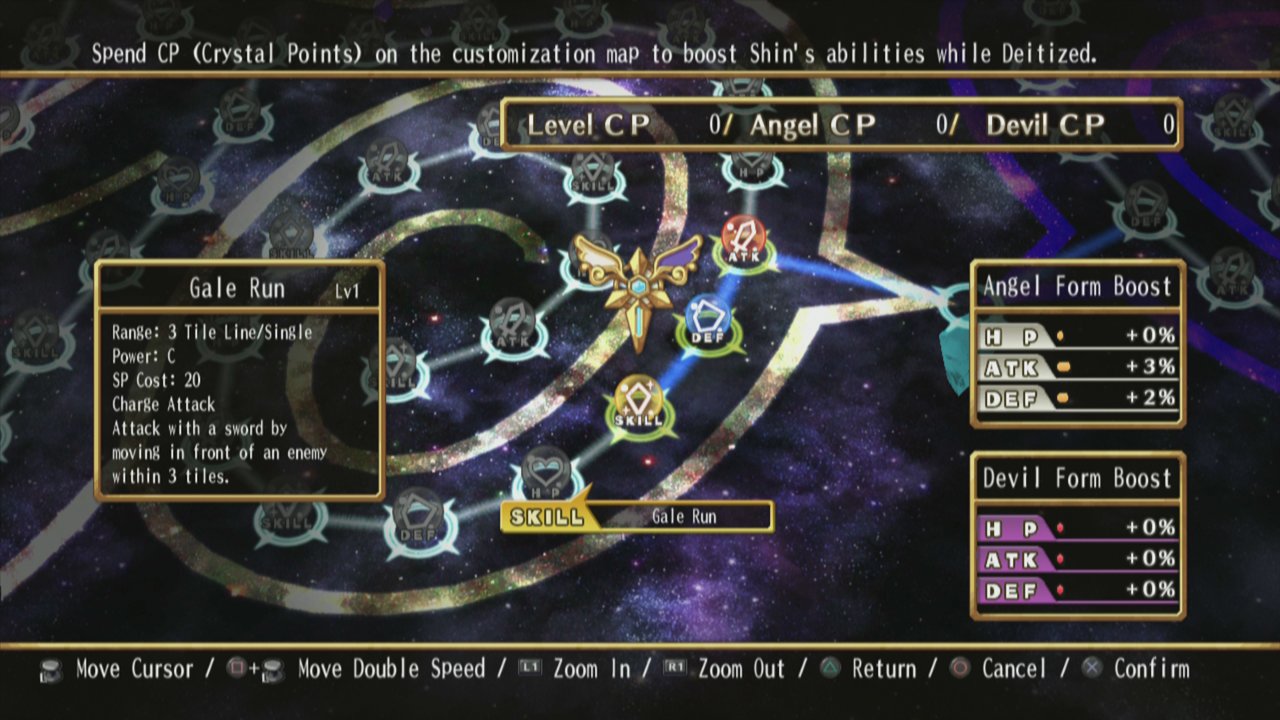 (Click to enlarge)rn
(Click to enlarge)rn -
The Awakened Fate Ultimatum screens #7
 (Click to enlarge)rn
(Click to enlarge)rn






